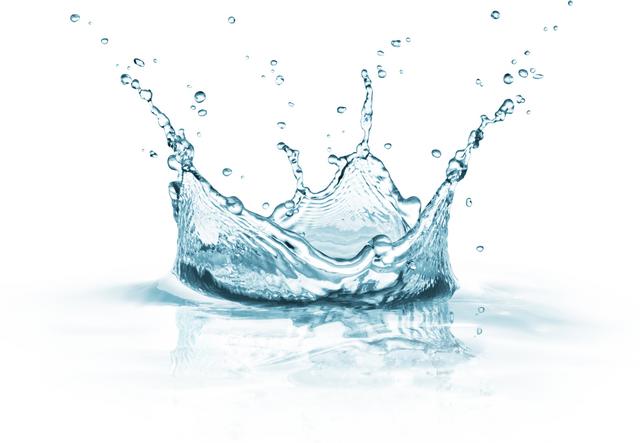
The iilludin-purine adducts are not, however, sites for global genome repair (GGR). Illudin is a fungal product that forms purine adducts in DNA that block transcription and require TCR for successful repair.
Integrity plus pool repair skin#
The parental cells’ resistance to IIludin paralleled that reported previously with skin fibroblasts ( Fig. Each of the UVSSA-inactivated cell lines was more sensitive than the parental cells, consistent with a deficiency in TCR ( Fig. The functional impact of UVSSA gene inactivation on TCR was assessed based on the sensitivity of the cells to illudin ( 16) and UV light ( SI Appendix, Fig.

Three guide RNA constructs (named UVSSA-1, UVSSA-2, and UVSSA-3) targeting the first coding exon (exon II) were cloned into the vector lentiCRISPRv2 ( 15) ( SI Appendix, Fig. Our objectives were to determine 1) whether targeted knockout of the UVSSA gene in an aneuploid transformed cell line recapitulates the reported phenotype of UV s, 2) to determine whether targeted knockout of UVSSA genes sensitizes cells to chemotherapy agents and 3) to inhibitors of PARP (PARPi), and 4) to determine whether the observed post-UV delay in DNA synthesis in the TCR-deficient UVSSA knockout cell is ATM-dependent. We also deploy this knockout cell line to address roles of poly (ADP ribose) polymerase (PARP) and ATM. Here we report the success of this approach and describe the resulting phenotype with respect to responses to a variety of DNA-damaging agents. For these reasons we sought to develop a cell line in which the UVSSA gene was inactivated by CRISPR-Cas9 targeting of the first coding exon. An additional complication is that some mutations in XP and CS genes also give rise to the UV s clinical phenotype ( 13, 14). This is because of the rarity of available fibroblast cell lines and the difficulty of recognizing the subtle clinical phenotype. Although there has been extensive analysis of the phenotypes of mutations in CSA and CSB in response to transcription-blocking lesions and oxidative damage, less is known about the phenotype of mutations in UVSSA. TCR activates a cycle of ubiquitinylation and deubiquitinylation of CSB by the CSA ligase complex followed by recruitment of the USP7 protease by UVSSA ( 12).

TCR involves at least four core proteins: CSA (ERCC8), CSB (ERCC6), UVSSA (KIAA1530), and USP7. We anticipate that this knockout cell line will advance understanding of this and possibly related transcription-coupled DNA repair diseases.

We discuss this in terms of the likely commutative interplay of factors in CS. Loss of UVSSA protein did not, however, increase sensitivity to oxidative damage or to inhibitors of poly (ADP)ribose polymerase, unlike reported in CSB cells. Transcription arrest in a UVSSA knockout cell line resulted in ATM-dependent phosphorylation of H2Ax and delayed DNA synthesis, relieved by an inhibitor of ATM.

Elimination of the UVSSA protein was confirmed by Western blotting and the knockout cells displayed the predicted sensitivity to transcription blocking lesions caused by illudin, cisplatin, and ultraviolet light, just as in CS cell lines. In this study we deployed CRISPR to disrupt exon I of the UVSSA gene in the human embryonic kidney cell line HEK293. Mutations in UVSSA, in contrast, are found in the rare mild photosensitive syndrome (UV s) that lacks the noncutaneous complications of CSA or CSB patients. Mutations in CSA and CSB are found in Cockayne syndrome (CS), which is a human recessively inherited photosensitive, neurocutaneous, aging disorder. The UVSSA (KIAA1530) protein is a component of transcription-coupled repair which, together with the CSA(ERCC8) and CSB(ERCC6) proteins cooperates to relieve transcription-blocking DNA damage.


 0 kommentar(er)
0 kommentar(er)
